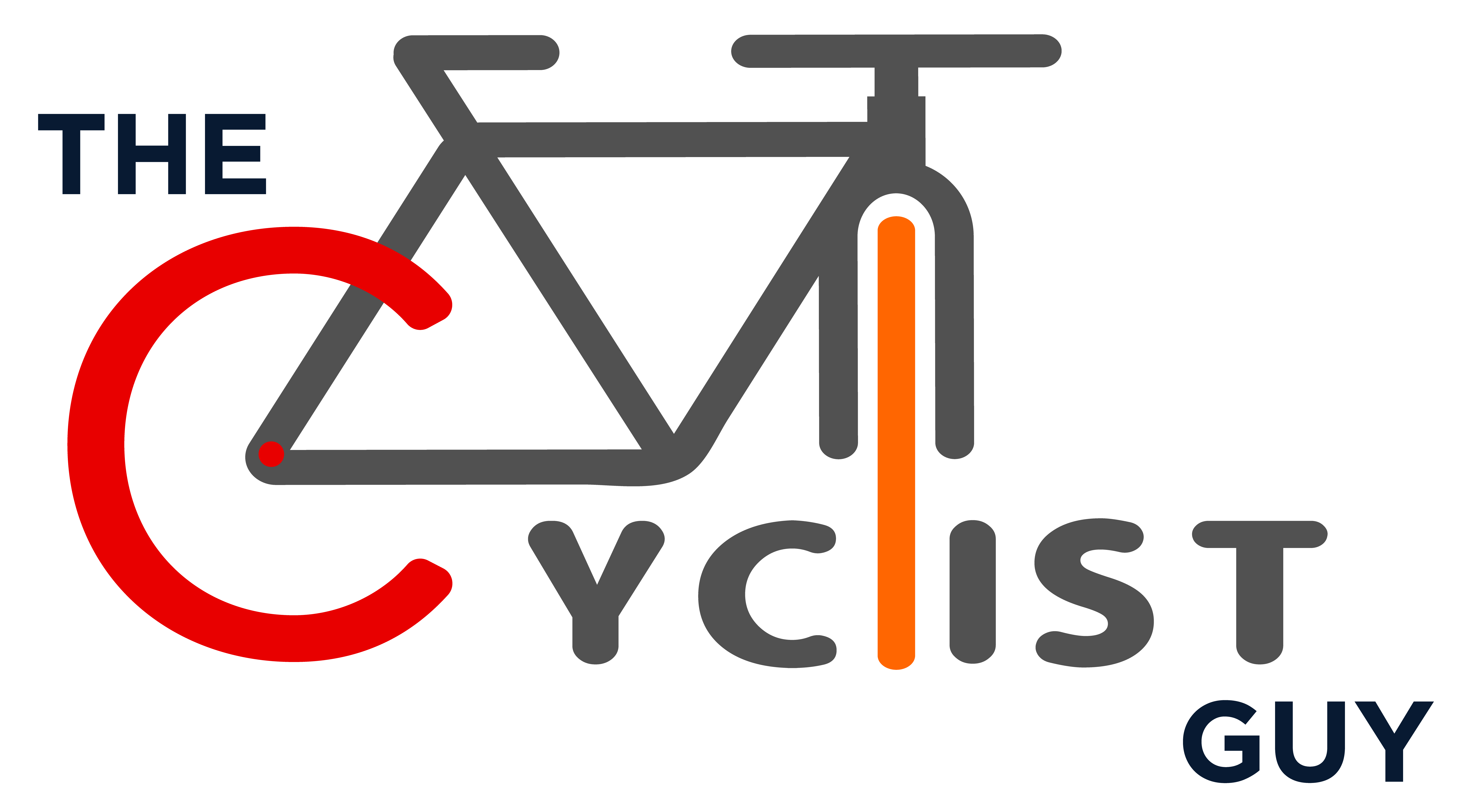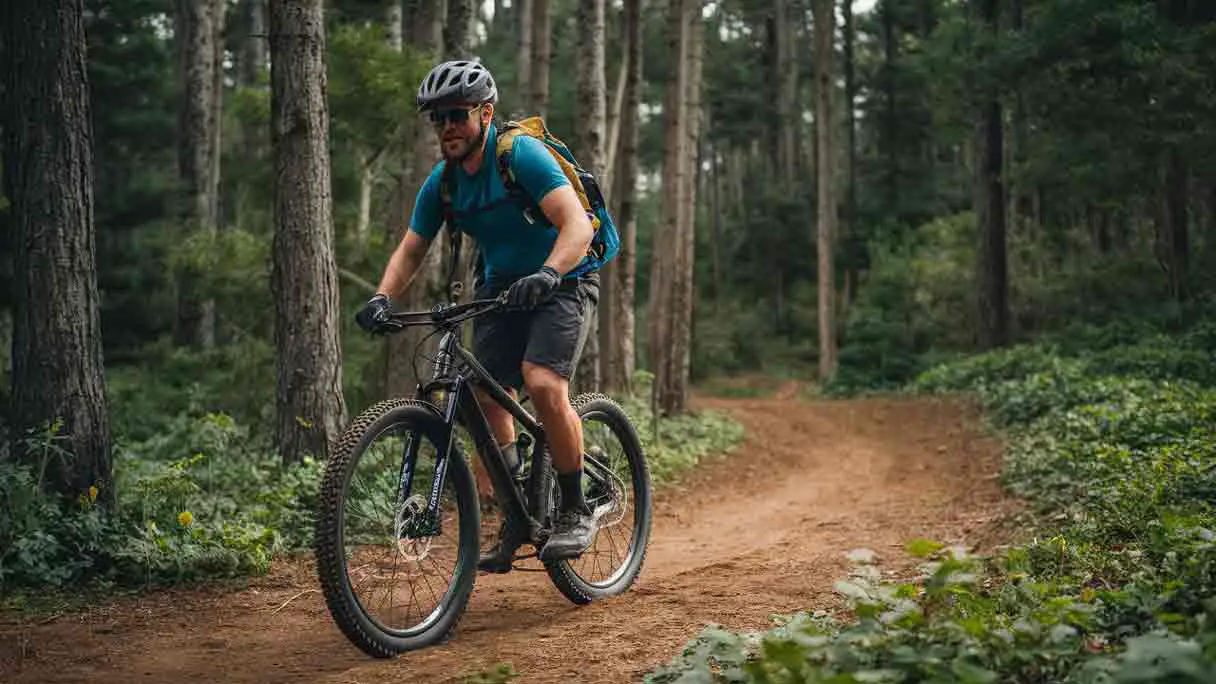To prevent injury while cycling, wear appropriate gear and maintain your bike regularly. Warm up before rides and follow traffic rules.
Cycling is an excellent way to stay fit and enjoy the outdoors. However, it’s crucial to prioritize safety to avoid injuries. Wearing a helmet and proper cycling attire provides essential protection.
Regular bike maintenance ensures that brakes and tires function correctly, reducing the risk of accidents.
Warming up your muscles before starting your ride helps in preventing strains and sprains. Additionally, following traffic rules and being aware of your surroundings can significantly decrease the likelihood of collisions.
By taking these precautions, you can enjoy a safer and more enjoyable cycling experience.
Proper Bike Fit
Choose a bike frame that matches your height. A bike shop can help you pick the right size. A proper frame size ensures comfort and safety.
Set the saddle height so your leg is almost straight at the bottom pedal. This prevents knee strain and enhances pedaling efficiency. Adjust the saddle height often to maintain the best fit.
Position the handlebars at a comfortable height. Too high or too low can cause back and neck pain. Adjust the handlebar reach to ensure you are not overstretching. This helps in maintaining proper posture and reduces fatigue.
Warm-up Routine
Dynamic stretches are important before cycling. They help loosen muscles and improve blood flow. Start with leg swings and arm circles. Do each exercise for 15-20 seconds. This will make your body ready for cycling.
Begin your ride at a slow pace. This helps your muscles get used to the activity. Gradually increase your speed after a few minutes.
This reduces the chance of muscle strain. Always pay attention to how your body feels. If something hurts, slow down immediately.
Protective Gear
A helmet protects your head from injuries. It is the most important gear for cycling. Always wear a helmet that fits well. Make sure it is strapped correctly. A snug helmet stays in place during a fall.
Knee and elbow pads guard your joints. They help prevent scrapes and bruises. Pads should fit comfortably. They should not slide off during riding. Choose pads that are durable and have good padding.
Gloves protect your hands from blisters. They also help in case of a fall. Gloves provide a better grip on the handlebars. This helps in controlling the bike better. Always choose gloves with padding.

Credit: www.kingedwardvii.co.uk
Correct Riding Technique
Proper bike fit and posture can significantly reduce the risk of injury while cycling. Regularly stretching and strengthening muscles also helps maintain optimal performance and prevent strain.
Posture
Keep your back straight while cycling. Bend your elbows slightly. This helps absorb shock from the road. Make sure your knees are in line with your feet. Avoid putting too much pressure on your wrists.
Pedaling Efficiency
Use a smooth, circular motion when pedaling. Push down and pull up with equal force. This reduces strain on your knees. Keep a steady cadence, around 70-90 RPM. This helps maintain energy and prevents fatigue.
Regular Maintenance
Check your tire pressure before every ride. Proper tire pressure ensures a smooth ride and avoids flats. Refer to the tire sidewall for the recommended pressure.
Use a pump with a gauge to get accurate readings. Avoid over-inflating or under-inflating the tires.
Make sure your brakes work well. Squeeze the brake levers and see if the bike stops quickly. Inspect brake pads for wear and replace if needed.
Clean the braking surface on your wheels. Proper brakes keep you safe and prevent accidents.
Lubricate your chain to keep it moving smoothly. A dry chain can cause skipping and wear out faster. Use a bicycle-specific lubricant for best results. Apply a small amount and wipe off the excess. Keep your chain clean to avoid damage.
Strength Training
Strength training helps cyclists prevent injuries by enhancing muscle strength and stability. Consistent training improves endurance and reduces the risk of strains. Proper technique and gradual progression are essential for effective injury prevention.
Core Exercises
Strong core muscles help you stay balanced on the bike. Planks are a great exercise for this. You can also try bicycle crunches. They are easy to do at home.
Do these exercises at least twice a week. These exercises also help improve your overall strength.
Leg Strengthening
Strong legs are important for cycling. Squats are great for building leg muscles. Lunges also help strengthen your legs. Try doing calf raises for stronger calves.
Aim to do these exercises three times a week. Strong leg muscles help you pedal more efficiently. This reduces the risk of injury.
Hydration And Nutrition
Proper hydration and balanced nutrition are essential for preventing injuries while cycling. Staying hydrated helps maintain muscle function and energy levels. Consuming a diet rich in vitamins and minerals supports overall physical health, reducing the risk of cramps and fatigue.
Pre-ride Hydration
Drinking enough water before cycling is very important. Aim for at least 500 ml of water. This helps to keep your body cool and hydrated. Dehydration can lead to muscle cramps and fatigue. It is also good to drink sports drinks for extra electrolytes.
Energy Snacks
Eating energy snacks before a ride can boost your performance. Choose snacks like bananas, nuts, or energy bars. These snacks provide quick energy. They are also easy to carry. Avoid heavy meals that can make you feel sluggish.

Credit: www.idsportsmed.com
Listen To Your Body
Pain is a warning sign. Stop cycling if you feel pain. Pain means something is wrong. Ignoring pain can make injuries worse. Always listen to your body.
Rest days are important. Your muscles need time to heal. Overtraining can cause injuries. Sleep well to help your body recover. Drink water to stay hydrated.
Safe Riding Practices
Always stay alert while cycling on roads. Watch for cars and pedestrians. Signal your turns with clear hand gestures. Follow all traffic rules and signs. Avoid busy roads when possible.
Look both ways before crossing intersections. Ride in a straight line and avoid swerving. Keep a safe distance from parked cars to avoid door accidents.
Wear reflective clothing to stay visible at night. Use front and rear lights on your bike. Make sure your lights are bright and working.
Attach reflective tape to your helmet and bike frame. Avoid wearing dark clothes during night rides. Stick to well-lit roads and paths. Inform someone about your route for safety.

Credit: m.youtube.com
Frequently Asked Questions
How Do I Protect Myself When Cycling?
Wear a helmet, use lights, and wear reflective gear. Follow traffic rules and stay alert. Maintain your bike regularly.
How Do You Prevent Overuse Injuries Cycling?
Prevent overuse injuries in cycling by gradually increasing intensity, maintaining proper bike fit, stretching regularly, and cross-training to balance muscle groups.
How Can You Prevent An Injury While Cycling Weegy?
Wear a helmet. Ensure your bike is well-maintained. Use proper hand signals. Stay visible with lights and reflective gear. Follow traffic rules.
What Is The Most Common Injury In Cycling?
The most common injury in cycling is road rash. This occurs when skin scrapes against the pavement during a fall.
How Can I Adjust My Bike To Prevent Injury?
Ensure your bike fits you well. Adjust the saddle height and handlebar position for optimal comfort and control.
Conclusion
Staying safe while cycling is crucial for enjoying the ride. Always wear proper gear and maintain your bike. Follow traffic rules and stay alert.
Regular stretching and strength training can prevent injuries. By taking these precautions, you can ensure a safer and more enjoyable cycling experience.

Steven is a professional cyclist and his passion is cycling. He has been cycling for the last 6 years and he loves using bikes while outing as well. Based on his experiences with the different types of bikes; he is sharing his opinions about various bikes so that a beginner can start right away. Find him on Twitter @thecyclistguy Happy Biking.


Leave a Reply